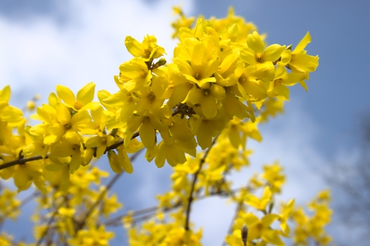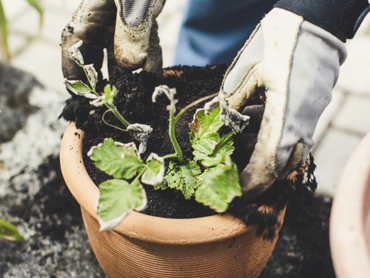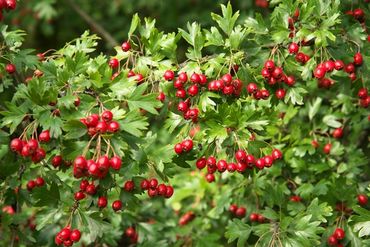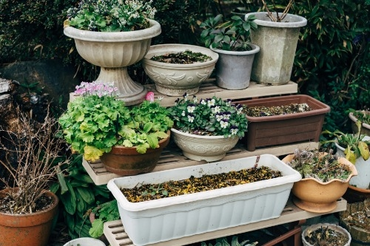Autumn's enchanting tapestry wouldn't be complete without the captivating presence of berry bushes. As summer fades, these natural gems unveil their true splendor, showcasing a dazzling array of colors and graceful fruits. Not only are they a visual delight, but they also offer a vital food source for local wildlife. Join us on a journey through the wondrous world of autumn berry bushes and discover their captivating beauty and versatility.
Berry bushes for colour and birds

Autumn is the perfect time to plant berry bushes or create a delightful berry hedge. These versatile shrubs offer numerous benefits:
- Evergreen beauty: Many berry bushes retain their lush foliage year-round.
- Wildlife haven: They provide shelter and food for birds, attracting feathered friends to your garden.
- Privacy and security: Berry bushes can create a natural privacy screen and deter unwanted visitors, from pets to intruders.
- Habitat for wildlife: They provide safe passage for small animals like hedgehogs and toads, unlike fences.
- Environmental benefits: Unlike fences, berry bushes help absorb rainwater and provide cooling during hot weather.
- Seasonal charm: Their foliage can be used to create festive Christmas arrangements and wreaths."
5 Stunning Berry Bushes

- Spindle Tree (Euonymus): This captivating shrub adorns itself with vibrant flame-colored autumn leaves and striking orange or red berries shaped like spindles, from which red, pink, yellow, or white seeds emerge. After the first frost, the leaves and berries typically fall, but in mild winters, the berries can persist on the branches for an extended period, if birds don't feast on them first.
- Barberry (Berberis): Create an impenetrable, thorny hedge reaching about two meters high with the Barberry. Its beautiful autumnal colors are complemented by red, blue or salmon-pink berries followed by clusters of pale yellow or orange flowers in spring.
- Cotoneaster: Discover a variety of Cotoneaster species, including evergreen and deciduous, low-growing and tall varieties. The approximately fifty-centimeter-tall, deciduous Cotoneaster horizontalis is particularly captivating, with its horizontally growing branches and stunning autumn colors. In mild winters, it retains its leaves.
- Holly (Ilex): Many Holly species thrive even in shaded areas and poor soil. While most are evergreen, some are deciduous. All Holly species develop colorful berries in September, which are a favorite treat for birds.
- Guelder Rose (Viburnum opulus): This native deciduous shrub can grow up to three meters tall and thrives in moist soil. It produces clusters of white flowers in May and June, followed by numerous red, toxic berries in autumn.
Autumn's enchanting beauty shines through in the vibrant berries adorning shrubs and hedges. Discover how to create your own 'Indian Summer' at our St. Albans garden centre.




